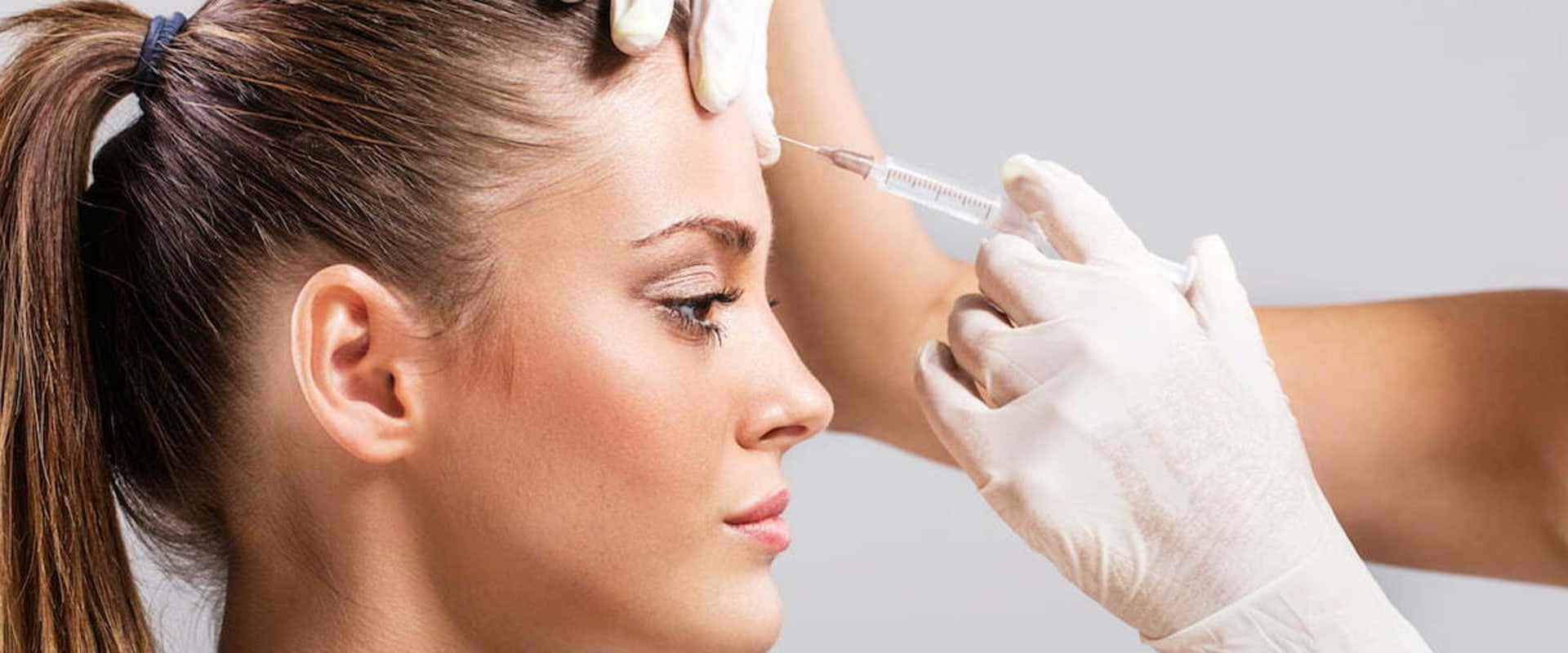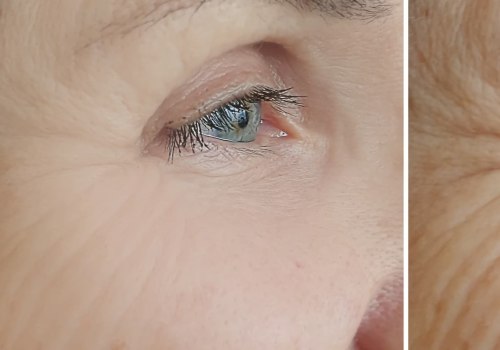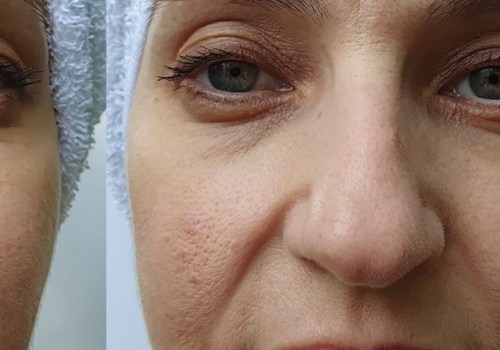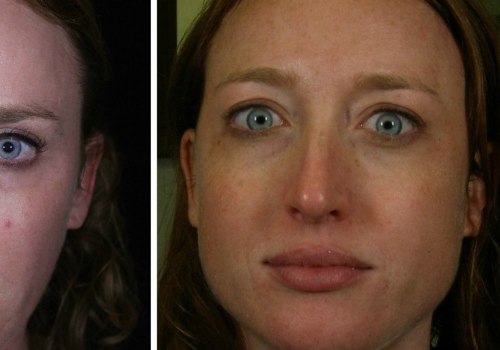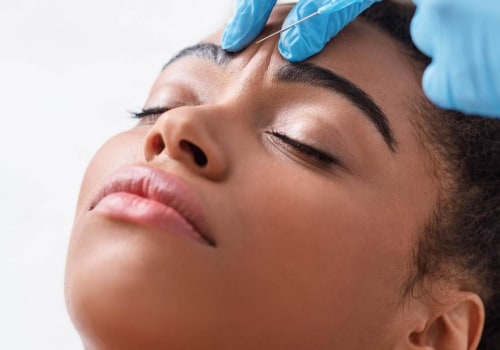What Happens When Botox and Dysport Don't Work?
Botox and Dysport are two of the most popular neuromodulators used for reducing wrinkles and fine lines. However, there are instances when these treatments may not provide the desired results. Understanding the reasons and what to do in such situations is essential for anyone considering these options.
Possible Reasons for Ineffectiveness
When Botox or Dysport does not work as expected, it may be due to several factors:
- Incorrect Dosage: An insufficient or inappropriate dosage may lead to subpar results.
- Injection Technique: The skill and experience of the injector play a critical role in treatment success.
- Timing of Treatment: If the treatment is administered too late or too early in relation to wrinkle formation, the results may not meet expectations.
- Individual Response: Each person’s body reacts differently to treatments; some individuals may not respond well to either Botox or Dysport.
- Rapid Metabolism: A fast metabolism can lead to quicker breakdown of the product, reducing its effectiveness.
What to Do If It Doesn’t Work
If you find that Botox or Dysport hasn’t worked for you, consider the following steps:
- Consult Your Provider: Discuss your concerns with the injector who performed the treatment. They can provide insights and assess your treatment plan.
- Review Your Expectations: Ensure you have realistic expectations regarding what Botox or Dysport can achieve. Understanding the limitations of these treatments is crucial.
- Explore Alternative Options: If Botox and Dysport consistently fail to deliver results, you may want to consider other treatments, such as different neuromodulators or cosmetic procedures.
Conclusion
While Botox and Dysport are effective for many, they may not work for everyone. Identifying the underlying reasons for ineffectiveness and consulting with a qualified professional can help you find the right approach to achieve your aesthetic goals.
